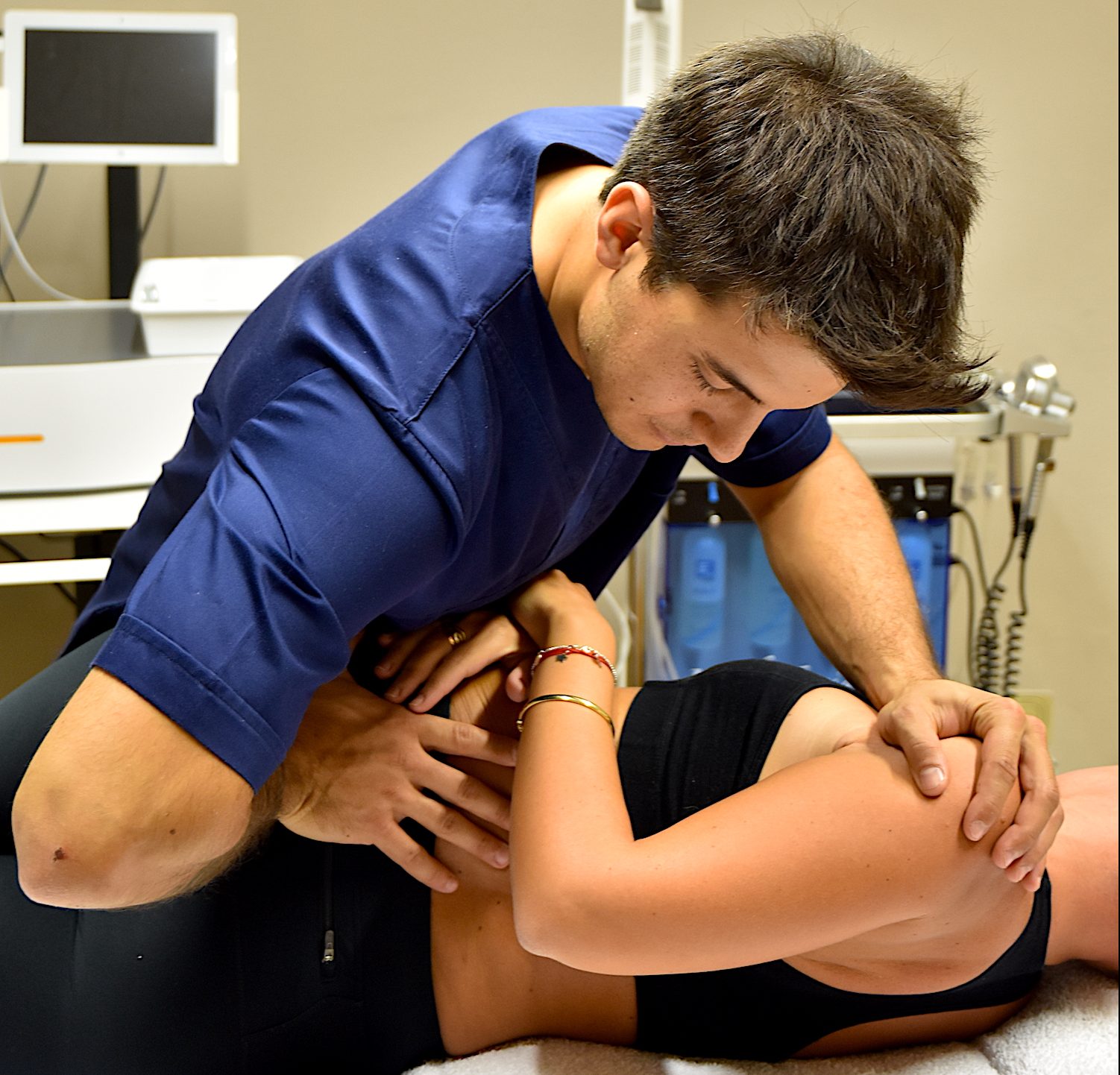Attention
The information available on the website istitutoimage.it is intended solely for informational purposes and is in no way a substitute for specialist medical advice. The contents are drafted in compliance with Art. 56 of the FNOMCeO Code of Ethics and the Ministerial Circular dated 18/12/2024. The information published has been prepared by qualified doctors and surgeons and is solely for educational purposes:
- it does not in any way constitute a diagnosis;
- it does not replace the direct doctor-patient relationship;
- it must not be used as a prescription for treatments or as a basis for autonomous therapeutic decisions.
To assess suitability for aesthetic medicine treatments or plastic surgery procedures, a specialist medical consultation is always required.
For any questions, the Image Regenerative Clinic team is available with no obligation. Read the full Disclaimer.
